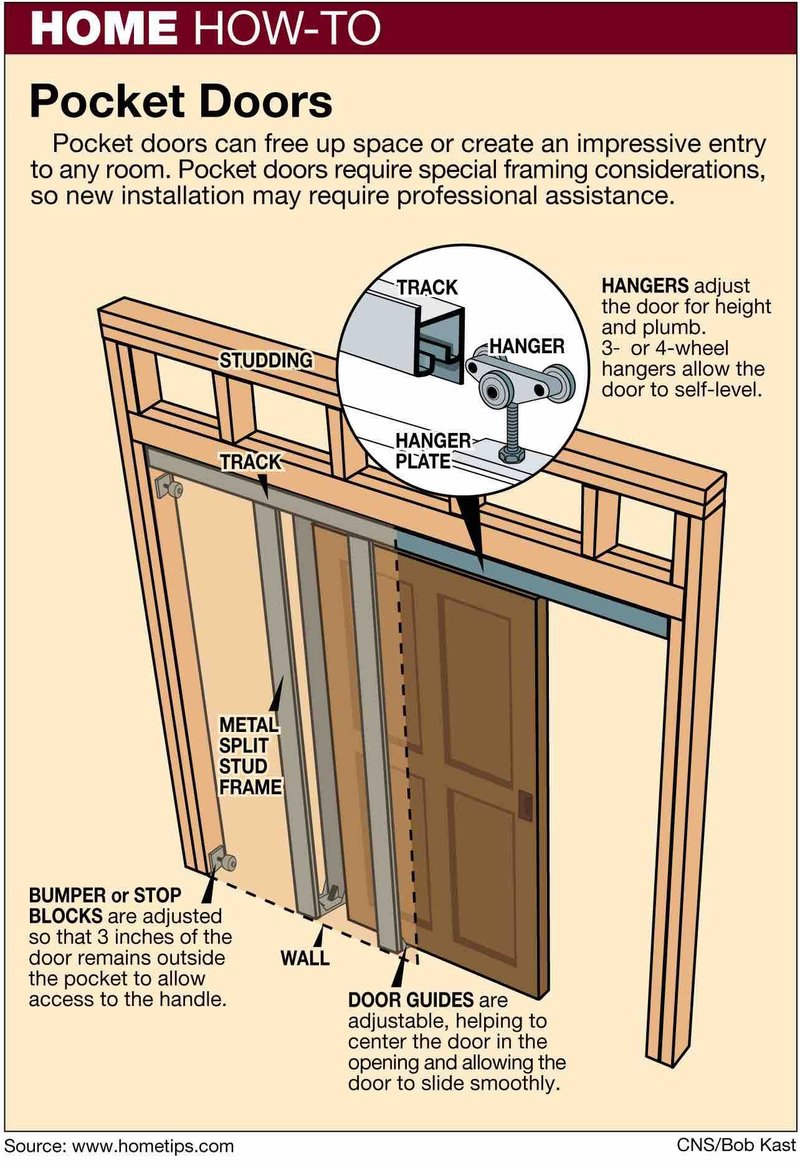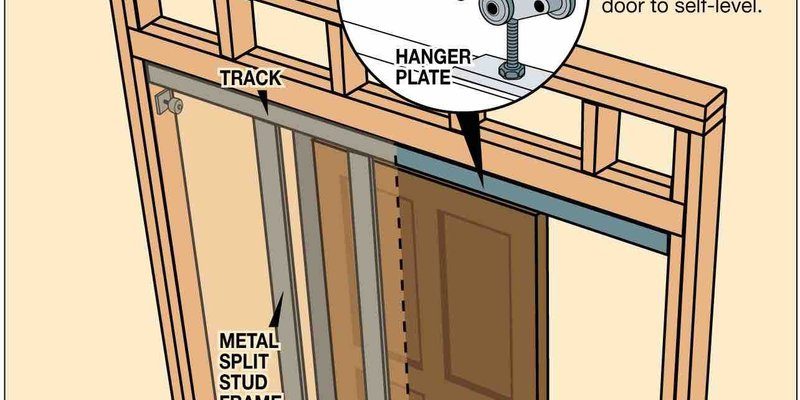
In this article, I’ll walk you through the steps to install hardware on outward-opening doors. We’ll cover everything from choosing the right hardware to troubleshooting common issues. So, grab your tools and let’s get started!
Understanding Outward-Opening Doors
Before diving into the installation process, it’s essential to grasp what we mean by outward-opening doors. Unlike the more common inward-opening models, these doors swing open away from the room, often used for entrances that need extra space inside, like patios or balconies.
The hardware on these doors is slightly different from standard inward-opening ones. Since the door swings outward, you’ll need to pay close attention to the type of hinges and locks you choose. Think of them as specialized tools in a toolbox—they have a specific job to do, and using the right one makes all the difference.
Additionally, ensuring that your door hardware is compatible with the direction the door swings is crucial. If you use hardware meant for inward-opening doors, you could face issues like misalignment or improper functioning. So, let’s make sure you choose wisely!
Choosing the Right Hardware
Now that you know what you’re working with, let’s discuss the types of hardware you might need. Here’s a quick rundown of the essential components:
- Hinges: You’ll need heavy-duty hinges designed for outward-opening doors. These often have a wider leaf to bear the weight.
- Door Knob/Handle: Choose one that allows easy access from the outside, without being too bulky.
- Locks: Opt for a deadbolt or latch that secures the door firmly when closed. Consider your security needs as well.
- Strike Plate: This is crucial for ensuring the lock engages properly when the door is closed.
When choosing, consider how often the door will be used and the weight of the door itself. For example, a heavy wooden door would require sturdier hardware than a lightweight hollow-core door.
Gathering Your Tools
Before you start, make sure you have all the right tools on hand. Here’s a basic list to get you going:
- Screwdriver: A good quality screwdriver (both flathead and Phillips) is essential.
- Drill: If you need to create new holes, a power drill will save you time.
- Measuring Tape: Accurate measurements ensure everything aligns properly.
- Level: This will help you make sure everything is straight as you install the hardware.
It’s like prepping for a cooking recipe: you want to have all your ingredients ready before you start mixing. Having these tools at your side will make the installation process smoother and more efficient.
Measuring for Hardware Installation
Accurate measurement is key in this step. You don’t want to end up with a door that won’t close properly or a knob that’s placed too high or low. Start by measuring where the hardware will go. Here’s how to do it right:
1. Mark the Position: Use a pencil to mark the spot for the doorknob or handle. Generally, the center is about 36 inches from the ground, but this can vary based on personal preference or specific design styles.
2. Hinge Placement: For outward-opening doors, the hinges should be placed at least 7 inches from the top and bottom of the door. Measure carefully to ensure they’re even.
3. Strike Plate Location: Mark the spot for the strike plate on the door frame where the door will latch when closed.
Using a level can help ensure that your marks are straight and aligned, making the installation easier.
Installing the Hinges
Let’s get into the fun part—installation! The hinges are what keep the door attached to the frame and allow it to swing open and closed smoothly. Here’s how to install them:
1. Pre-drill the Holes: If you’re installing new hinges, start by pre-drilling holes based on your measurements. This helps prevent the wood from splitting.
2. Attach Hinges to Door: Place the hinges in the marked area on the door, ensuring they’re level. Secure them with screws, but don’t tighten them completely just yet.
3. Attach Hinges to Frame: Move the door into position and attach the other side of the hinges to the door frame. Again, use a level to ensure everything aligns properly.
4. Tighten All Screws: Once everything is lined up, go ahead and tighten the screws fully.
It’s like putting together a piece of furniture—it’s essential to follow each step carefully to avoid needing to take things apart later.
Installing the Doorknob and Lock
With the hinges set, it’s time to install the doorknob and lock. This part is relatively straightforward, and you can follow these steps:
1. Drill a Hole for the Knob: Use the drill to create a hole in the middle of your marked spot on the door. This is where the knob will fit through.
2. Install the Knob: Insert the doorknob into the hole and secure it according to the manufacturer’s instructions. Ensure it turns smoothly without any resistance.
3. Attach the Strike Plate: Finally, attach the strike plate on the door frame, ensuring it lines up perfectly with the latch. This is what keeps the door secure when it’s closed.
Remember, if the knob feels loose or doesn’t turn properly, double-check your installation before moving on.
Troubleshooting Common Issues
After installation, you might encounter a few hiccups. Here are some common issues and how to tackle them:
– Door Doesn’t Close Smoothly: If the door sticks, it might be misaligned. Check your hinge placement and make adjustments as needed.
– Knob Feels Loose: Ensure that all screws are tightened fully. If it still feels loose, you may need to replace the knob.
– Lock Doesn’t Engage Properly: Double-check the positioning of your strike plate. It needs to be aligned perfectly for the lock to function.
If these tips don’t resolve the issues, consider looking up specific troubleshooting guides for your hardware brand.
Final Touches and Maintenance
Once everything is installed and working well, it’s time for the finishing touches. A quick clean-up can make a big difference—wipe down the door and hardware to remove any fingerprints or dust.
As for maintenance, periodically check the screws to ensure they are tight and the hinges are lubricated. This keeps everything functioning smoothly and extends the life of your hardware.
Installing hardware on interior doors that open outward can be a satisfying DIY project. With a bit of care, the right tools, and some patience, you’ll have a functional door system that enhances your space. Happy installing!
